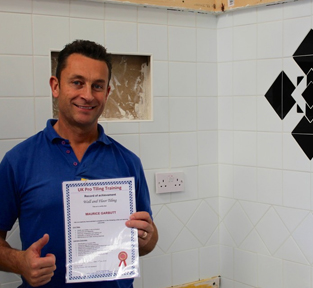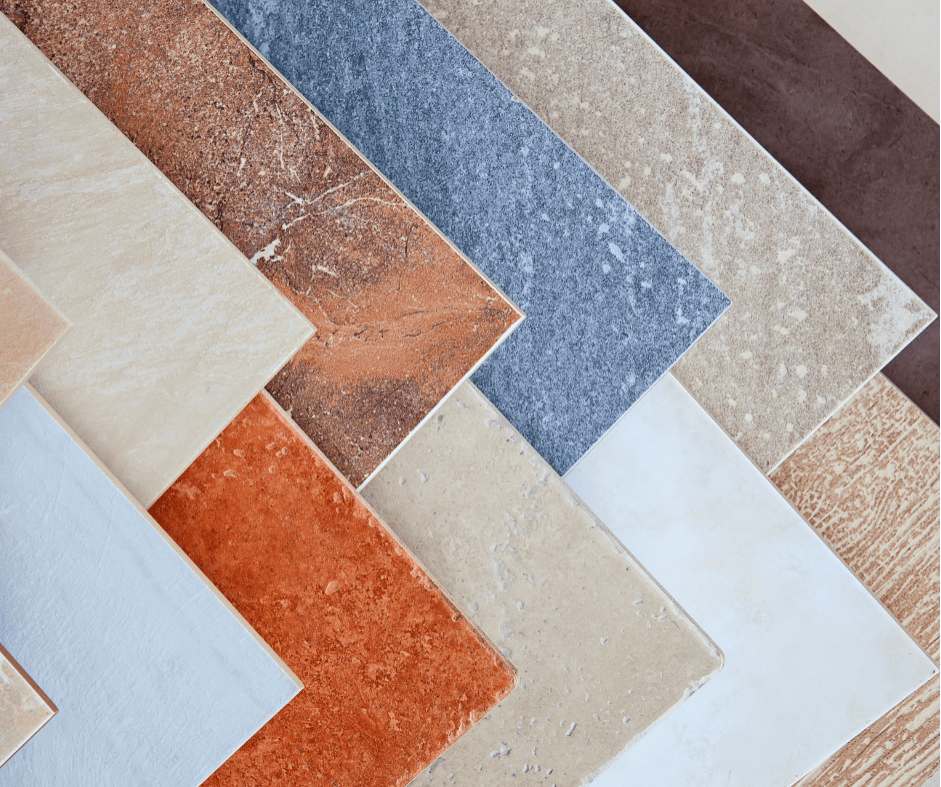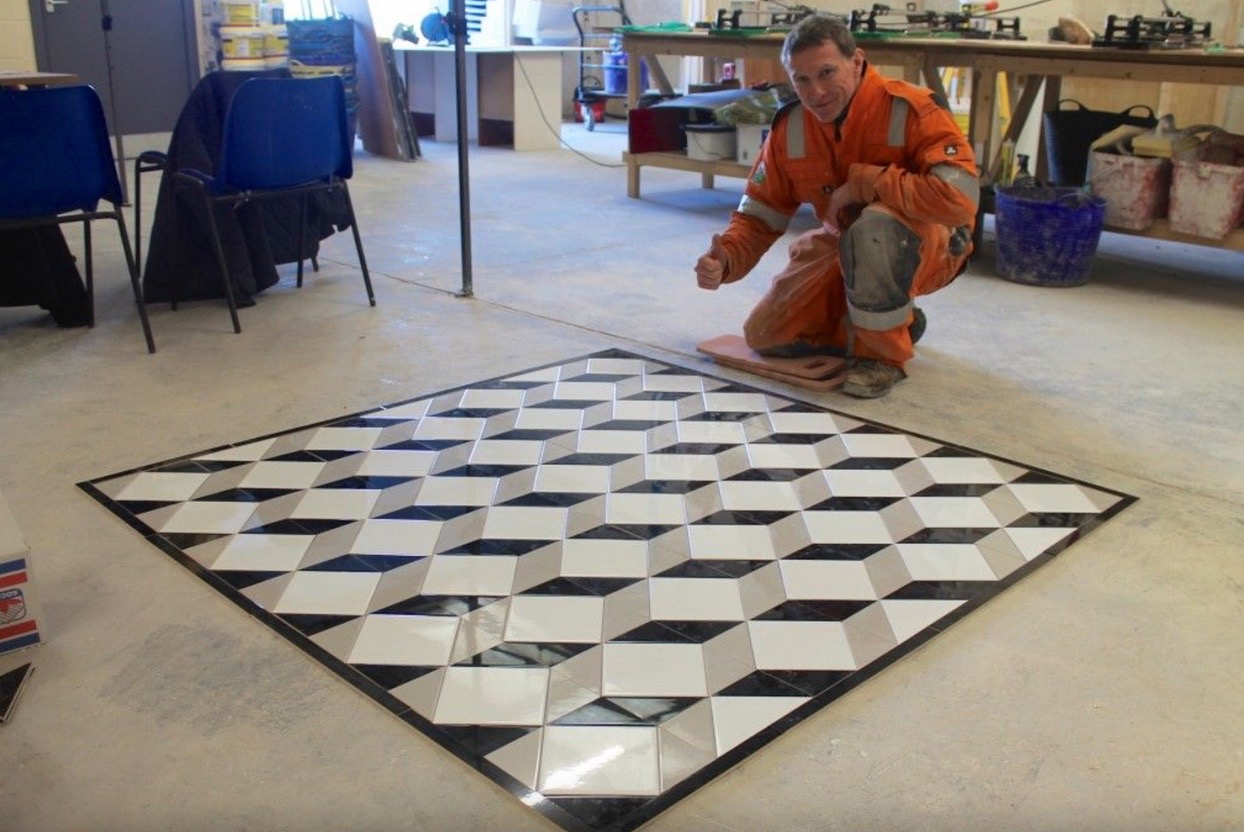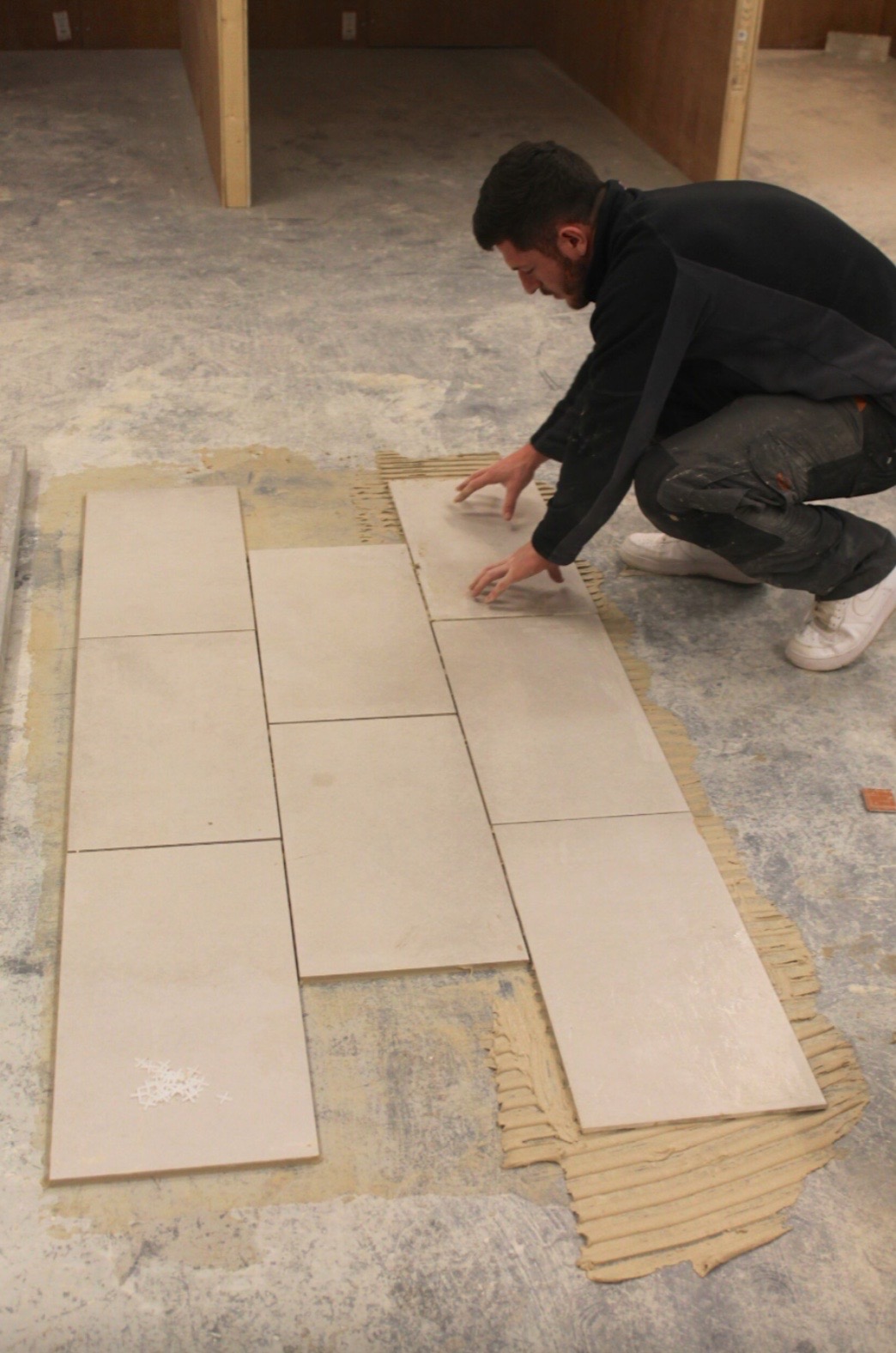Choosing the Right Tile Adhesives for Your Next Project
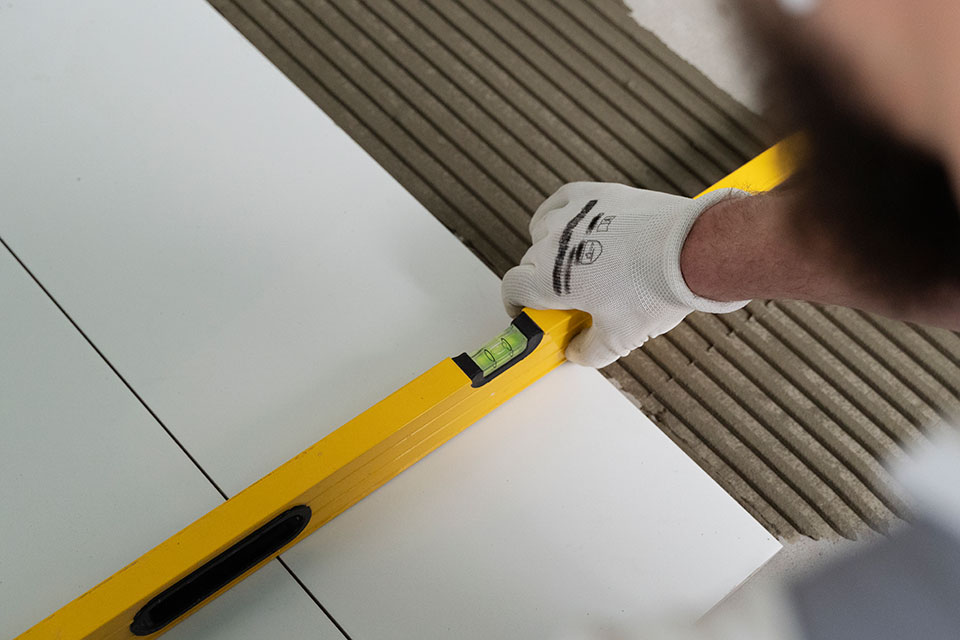
Embarking on a tiling project can be an exciting endeavor, transforming spaces and adding a touch of personality to your home. One crucial aspect of a successful tiling project is selecting the right tile adhesive. In this comprehensive guide, we will delve into the various types of tile adhesives available, considerations for different projects, and essential tips for ensuring a durable and aesthetically pleasing outcome. Whether you’re a DIY enthusiast or a seasoned professional, understanding the nuances of tile adhesives is pivotal for the success of your project.
Types of Tile Adhesives:
Cement-Based Adhesives:
Cement-based adhesives are versatile and suitable for a wide range of tiles, making them a popular choice for both walls and floors. They provide excellent bonding strength and are ideal for ceramic and porcelain tiles. Enrolling in a tiling course can deepen your understanding of the proper mixing and application of cement-based adhesives for different surfaces.
Premixed Adhesives:
Ideal for beginners and smaller projects, premixed adhesives come ready to use and eliminate the need for mixing. While convenient, it’s crucial to learn the proper application techniques through a tiling course to ensure optimal adhesion and longevity.
Epoxy Adhesives:
Epoxy adhesives offer exceptional bonding strength and are resistant to moisture and chemicals. These are often used for challenging environments like bathrooms and kitchens. Understanding the specific requirements for using epoxy adhesives is a valuable skill taught in advanced tiling courses.
Ready-to-Use Adhesives:
Designed for quick and hassle-free installations, ready-to-use adhesives are user-friendly and suitable for DIY projects. However, knowing how to tile efficiently with these adhesives is essential to achieve professional-looking results.
Considerations for Choosing Tile Adhesives:
Surface Type:
Different surfaces require specific adhesives. Porous surfaces like concrete may need a different adhesive than non-porous surfaces like existing tiles. A tiling course can provide insights into assessing surface types and choosing the right adhesive accordingly.
Tile Material:
Consider the type of tile you are working with – ceramic, porcelain, glass, or natural stone. Each material has unique characteristics, and a tiling course can guide you in selecting adhesives that cater to the specific needs of each material.
Project Location:
High-moisture areas such as bathrooms and kitchens demand adhesives with water-resistant properties. A tiling course covers the intricacies of choosing adhesives suitable for different project locations, ensuring longevity and durability.
Climate and Temperature:
The climate and temperature of the project location play a significant role in the curing process of tile adhesives. Environments with high humidity or extreme temperatures may require specialized adhesives. A tiling course can educate you on selecting adhesives that are best suited for specific climate conditions, ensuring optimal performance and adhesion.
Flexibility Requirements:
Consider the flexibility required for the tiled surface, especially in areas prone to movement or vibration. Flexibility in adhesives is crucial for preventing cracks in the grout lines and tiles. Understanding the flexibility characteristics of different adhesives is a key aspect covered in advanced tiling courses, helping you make informed decisions based on the specific needs of your project.
Essential Tips for Applying Tile Adhesives:
Proper Surface Preparation:
A crucial step often emphasized in tiling courses is ensuring that surfaces are clean, dry, and free from contaminants. Proper surface preparation enhances the adhesion of the tile adhesive, contributing to a long-lasting finish.
Correct Mixing Ratios:
For cement-based adhesives, achieving the right mixing ratio is essential. Tiling courses teach the proper techniques to create a smooth and workable consistency for optimal adhesive performance.
Working in Sections:
Especially important for larger projects, working in manageable sections prevents the adhesive from drying before tiles are placed. Tiling courses often demonstrate efficient strategies for working systematically to achieve a seamless finish.
Back Buttering Technique:
Utilizing the back buttering technique involves applying a thin layer of adhesive to the back of each tile before placing it on the substrate. This ensures complete coverage and enhances the bond between the tile and the surface. Tiling courses often emphasize the importance of back buttering, providing hands-on practice to perfect this technique for improved adhesion.
Proper Notch Size Selection:
The size of the notched trowel used during the application of adhesive is crucial for achieving the right coverage. Choosing a trowel with the correct notch size ensures an even distribution of adhesive beneath the tile, preventing air pockets and ensuring a strong bond. Tiling courses guide participants in understanding the relationship between tile size and notch size for optimal adhesion.
Timely Removal of Excess Adhesive:
Promptly removing excess adhesive from the tile surface and grout lines is essential for achieving a clean and professional finish. Tiling courses stress the importance of wiping away excess adhesive before it dries, preventing unsightly residue and facilitating an easier grouting process. Proper cleanup practices contribute to the overall aesthetic appeal of the tiled surface.
Conclusion:
Choosing the right tile adhesive is a fundamental aspect of any tiling project, influencing both its aesthetics and longevity. Whether you are venturing into DIY tiling or seeking to enhance your professional skills, enrolling in a tiling course provides invaluable knowledge and hands-on experience. By understanding the types of adhesives available, considering project-specific factors, and mastering application techniques, you can ensure a successful and visually appealing outcome for your next tiling project.
